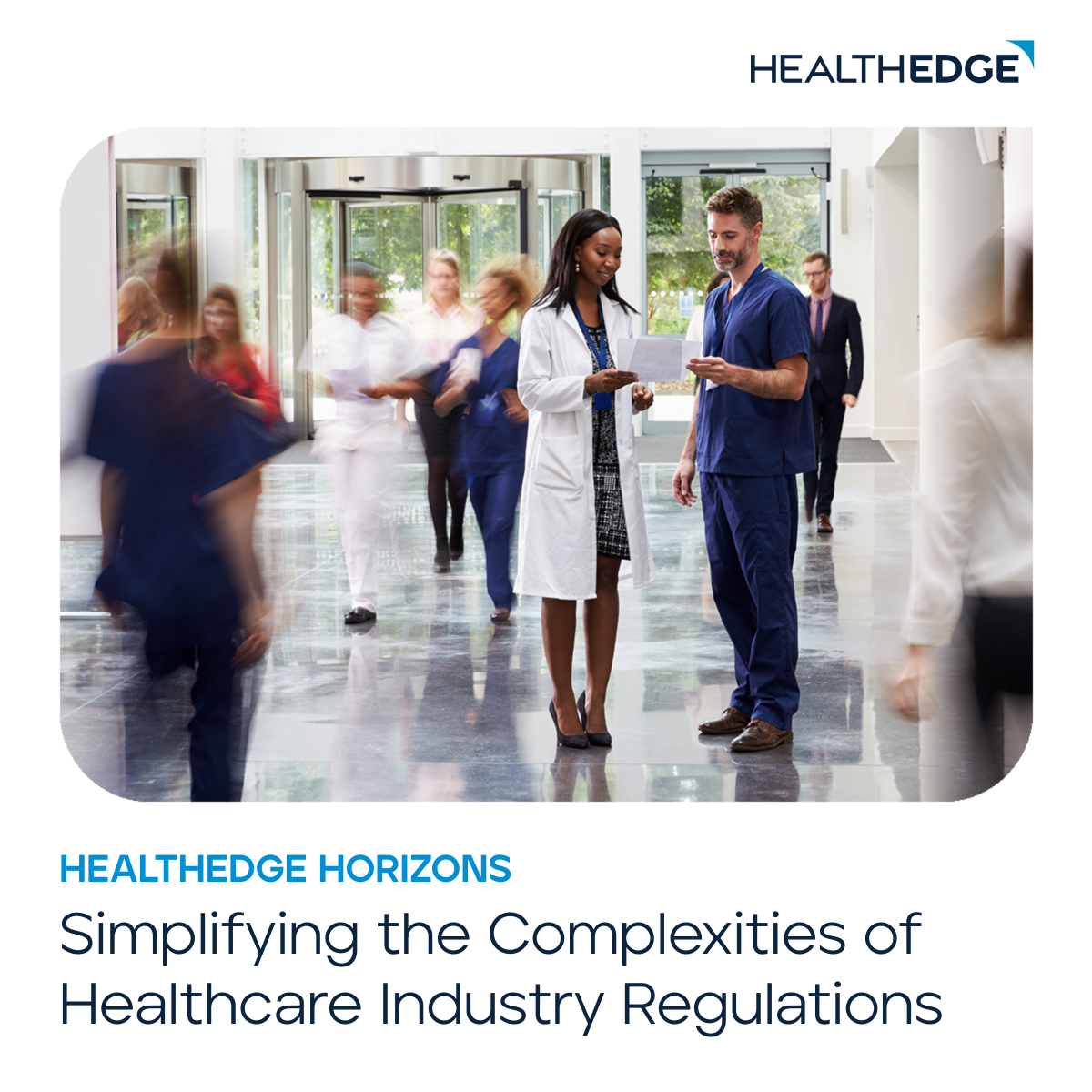The landscape of health insurance has experienced a significant transformation in the past decade, with new market expansion becoming a key driver of competition and growth. Health insurance providers, both large and small, have had to adapt to changing consumer preferences and the evolving competitive landscape.
Payers need to recognize the critical role modern technology solutions can play in supporting their growth plans, whether it be through membership growth, mergers, and acquisitions, or even the rollout of new products or geographies.
As the market becomes more complex and the competition heats up, industry leaders reported technology to be both their biggest challenge and their greatest ally in the coming year in the recent 2024 HealthEdge Annual Payer Market Survey [link to report when ready]. Among the 350+ health plan leaders surveyed, 62% said “investing in modern technology for digital transformation” was the number one way they intend to achieve their organization’s goals. However, their most significant challenge was reported to be “alignment between IT and the business.”
The Shift in Health Insurance Markets
Historically, health insurance primarily operated within group-oriented markets, catering to large employers and their employees. Players in this space often stayed within their established markets, with national plans dominating the scene. Smaller regional players, on the other hand, often focused on specialized networks to differentiate themselves. Medicaid and Medicare programs operated at the regional level, with large group-oriented plans utilizing Administrative Services Only (ASO) arrangements to manage their offerings.
However, a significant shift occurred roughly a decade ago, moving the focus from employers to consumers. The rise of public and private exchanges marked the beginning of a new era, where consumers started to take a more active role in choosing and purchasing their health insurance plans. This shift introduced a fundamental change in how health insurance providers needed to operate and compete.
Competing in a Changing Landscape
In this new landscape, health insurance plans, whether large national entities, smaller regional players, or government programs, found themselves competing differently. They needed to appeal to various populations with unique needs and preferences while facing a broader range of competitors. In this changing environment, flexibility and speed became critical factors for success.
- Flexibility: Health insurance providers had to adapt to the diverse needs of their target populations. What works for one group may not work for another, necessitating flexibility in plan offerings and services.
- Speed to Market: In a world where consumers are now shoppers and buyers, quickly bringing new offerings to market is a competitive advantage. Health insurance plans needed systems to respond rapidly to changing demands and opportunities.
The Role of Modern Technology
To meet the demands of this new, expanding market paradigm, payers must leverage modern technology that can support their efforts in several key areas:
- Rapid Benefit Package Creation: In the past, it might have been acceptable to take 3-4 months to create a new benefit package. However, insurers need systems that can swiftly design and build benefit packages to meet evolving consumer needs in today’s fast-paced market.
- Digital Care Management: Offering new care management programs and digital care management platforms is crucial for addressing members’ health needs. The speed at which insurers can deploy these programs can be a decisive factor in their success.
- ASO Arrangements: Health insurers often need to sign new ASO agreements with various entities that value health insurance offerings. The ability to do this quickly and efficiently is essential for expanding into new markets.
HealthEdge’s Approach to Supporting Payer Growth
At HealthEdge, we understand the importance of modern technology in supporting health insurance payers’ expansion efforts. We recognize that success hinges on what a system can do and how fast and flexibly it can do it.
- Empowering Customers: We enable our customers to build and administer their functionality. Once customers are trained on the value of our solutions, they can control their destiny.
- APIs and Testing: Everything we do focuses on the speed and efficiency of our technology’s tasks. Our emphasis on Application Programming Interfaces (APIs) and rigorous testing ensures that our systems can handle tasks quickly and reliably.
- User Experience: We prioritize the user experience, ensuring that our technology is powerful and user-friendly. A seamless and intuitive interface allows insurers to operate efficiently and respond swiftly to market demands.
Here are a few practical examples of how HealthEdge solutions support payers’ ability to expand their businesses and grow into new markets successfully:
HealthRules® Payer
-
- Create virtually any benefit plan or provider contract in hours and days versus weeks and months. Average set-up time for a new contract can be as little as 10-12 minutes
- Mirror a plan’s actual world and setup
- Ability to scale and keep up with the pace of membership growth. Up to 97% enrollment accuracy
HealthEdge Source™ payment integrity platform
-
- Single API to support all claims systems and provider types
- Easily create and customize contract configurations with synchronization of rules management across all LOBs
- Designed to scale for your organization’s future growth, agility, and transformation
GuidingCare® care management platform
-
- End-to-end solution with flexibility and scalability
- Highly configurable for specific health plan needs and wants
- Consolidated member information in a single, comprehensive care record
- Built to scale to millions of member records, millions of transactions per week and 10K+ concurrent users
Wellframe member experience platform
-
- On-demand member content and benefits resources, plus digital customer service advocacy solutions
- Enables health plans ownership of the member relationship, mitigating competition
- Proven 6x increase in member interactions and double the staff capacity for active caseload size
HealthEdge: Your Competitive Edge for Growth in 2024
The evolution of health insurance markets from group-oriented to consumer-focused has brought about a need for health plans to adapt quickly and efficiently. In this dynamic landscape, speed to market and flexibility are the keys to success. Modern technology plays a pivotal role in supporting health insurance providers as they expand into new markets.
HealthEdge’s commitment to delivering systems that empower customers, emphasize APIs and testing, and prioritize user experience positions for health insurance payers for success in a highly competitive environment. With the right technology partner, health insurance providers can navigate the changing landscape with agility, meet consumer demands promptly, and achieve their expansion goals in a fast-paced and consumer-driven industry.
To learn more about how HealthEdge solutions can support your organization’s growth strategies, visit www.healthedge.com.





